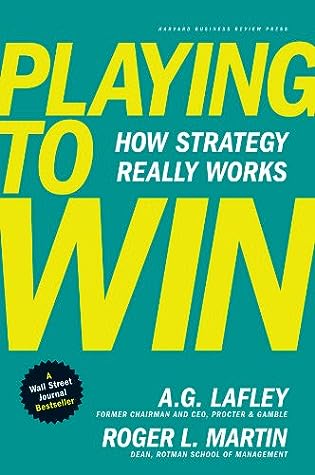More on this book
Community
Kindle Notes & Highlights
by
A.G. Lafley
Read between
December 2 - December 23, 2017
In family care, by contrast, the machines that produce paper tissues and towels represent hundreds of millions in capital costs and are only profitable when running near capacity. Consequently, to keep their machines running to capacity, industry players tend to cut prices whenever demand softens. This diminishes structural attractiveness.
Understanding structural attractiveness allows individual managers to determine how to invest in various segments within their business.
Customer Value Analysis
Regardless of whether a firm wishes to be a cost leader or a differentiator, it needs to understand precisely what customers (its own and its competitors’ customers) value.
given that P&G needs retailers to stock Gain, the company needs to offer a compelling value proposition to retailers, or the end consumer will never see the product.
Wherever there is an intermediary channel between the firm and the end consumer, that intermediate customer and what it values must be understood.
In customer value analysis, the company assesses what its channel customers and end consumers really want and need, and what value they derive from the firm’s products and services relative to the costs they incur from buying and using the products or services.
For P&G, that means considering both its retail customers (like Walmart, Kroger, and Walgreens) and the consumers who actually buy and use the products.
For channel customers, profit margin, the ability to drive traffic, trade terms, and delivery consistency all tend to play into the value equation, along with many other variables that depend on the nature of the business.
Retailers wanted products that would increase the total amount spent on oral care per visit—in other words, a balance of profit and volume, driven by greater engagement with the category overall.
Crest SpinBrush (an affordable power brush that represented a trade-up from manual brushes) and Crest Whitestrips (a totally new consumer proposition for at-home teeth whitening) that brought in entirely new spending.
Understanding customer value requires deep engagement. The traditional approach of checking in with salespeople occasionally to see what retailers are thinking and doing is no longer enough.
End Consumers
Understanding end consumers is a challenging thing, because you can’t simply ask what they want, need, and value. Recall Henry Ford’s
observe how they use and evaluate your products. Only through this kind of deep user understanding can you hope to generate insights about where to play and how to win.
To better understand the end consumer, P&G spent much of the decade of the 2000s retooling the Market Research Department, which had historically focused on doing highly quantitative consumer research
Consumer and Market Knowledge (CMK), a group capable of employing both quantitative and qualitative research approaches, together with world-leading technologies in decision modeling, such as agent-based modeling,
Analysis of Relative Position
Capabilities
Pharmaceuticals require a long, complex clinical trial and FDA-approval process; they are largely sold directly to doctors and pharmacies, with little or no ability to influence the end consumer; for many of the products, there was no long-term usage opportunity, which made it hard to use P&G brand-building capabilities to build a sustainable tie with consumers; and there was little crossover between P&G core technologies and the technologies needed to innovate in pharmaceuticals. So, P&G exited the industry, after much debate and soul-searching.


